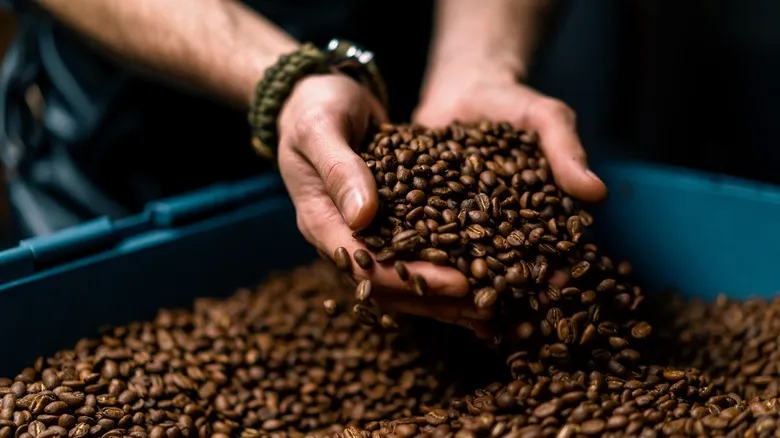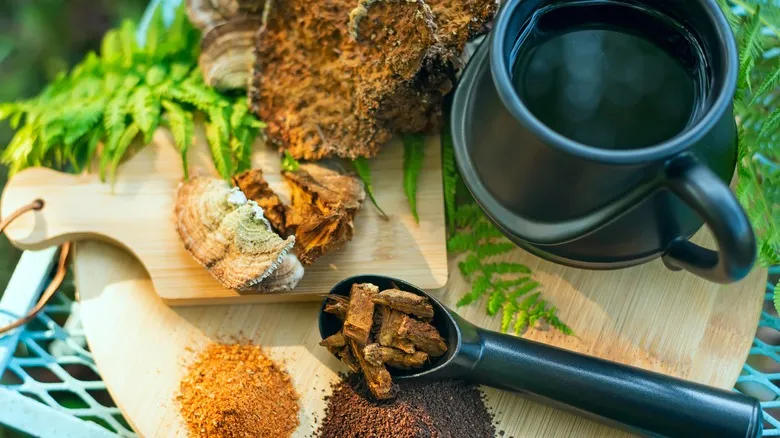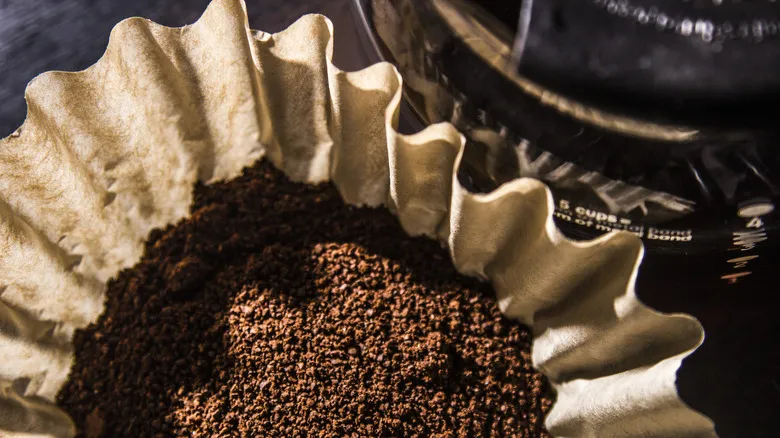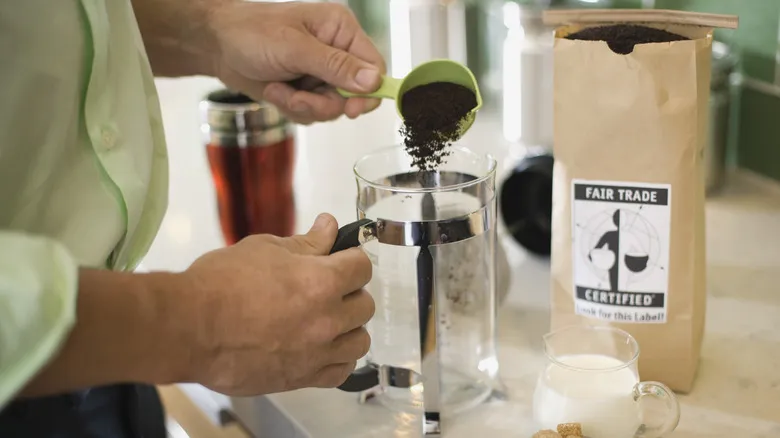Decoding the flavor wheel

Brewed coffee contains more than 800 aromatic compounds, which are categorized into 110 distinct flavors on the flavor wheel. The innermost section of the wheel features nine broad categories: fruity, sweet, floral, roasted, spices, nutty/cocoa, sour/fermented, green/vegetative, and others.
The next layer delves deeper into these categories. For instance, the fruity category includes subcategories like berry, dried fruit, other fruit, and citrus fruit. In a world where any fruit can be dried, what exactly does "dried fruit" refer to? The outermost layer clarifies this with specific examples: raisin and prune. "Other fruit" encompasses flavors such as coconut, cherry, pomegranate, pineapple, grape, apple, peach, and pear. You’re likely familiar with most of these flavors and can easily relate them to what you might taste in your coffee.
For flavors that may not trigger immediate recognition, such as "ashy," "brown, roast," or "butyric acid," there’s an additional resource available. The Not Bad Coffee project has created an interactive flavor wheel, complete with flavor cards that explain what each flavor represents. For example, "earthy" refers to the scent of damp, black soil. Butyric acid is described as "a sour, fermented-dairy aroma linked to certain aged cheeses like Parmesan." Curious about the taste of "brown, roasted"? You might be surprised to find that it resembles the flavor of Bush's pinto beans, somewhere between that and C&H golden caster sugar.
Choosing coffee when there are no flavor notes

If you actively seek out the flavor notes in coffee, you'll discover which tastes you enjoy and which ones you don't. Perhaps you appreciate citrusy flavors, or maybe the acidity makes you grimace. You might dislike tomato notes in your coffee, or perhaps the memory of picking cherry tomatoes in your grandmother's garden brings a comforting warmth, much like the drink in your cup. You could adore caramel and cinnamon notes while finding clove and molasses unappealing. But how do you make a selection when the bag lacks tasting notes?
When flavor indicators are absent, focus on two key aspects: roast level and origin. As coffee beans roast, they lose their citrusy, vegetal, and floral characteristics found in lighter roasts, transitioning to a toasty flavor from the Maillard reaction in medium roasts, and potentially reaching a charred taste in dark roasts.
If you enjoy a coffee with citrus, herbal, or berry notes, seek out a light roast from Kenya or Ethiopia. If you prefer flavors reminiscent of caramel, chocolate, vanilla, and honey, a medium roast from Colombia, Hawaii, or Costa Rica would be ideal. For those who crave smokiness and baking spices, an Indian or Brazilian dark roast is likely to satisfy. While these guidelines aren't foolproof, the origin and roast level can provide valuable direction. Once you familiarize yourself with the flavor wheel, you'll become an expert in no time.
Recommended

Noisette: The Foamy French Coffee Style You Can't Miss Out On

Iced Coffee Spiked With Whiskey Is James Beard-Approved

The Caffeine-Free Coffee Alternative That Will Still Wake You Up

Save Your Used Coffee Grounds To Amp Up Your Favorite Granola
Next up

